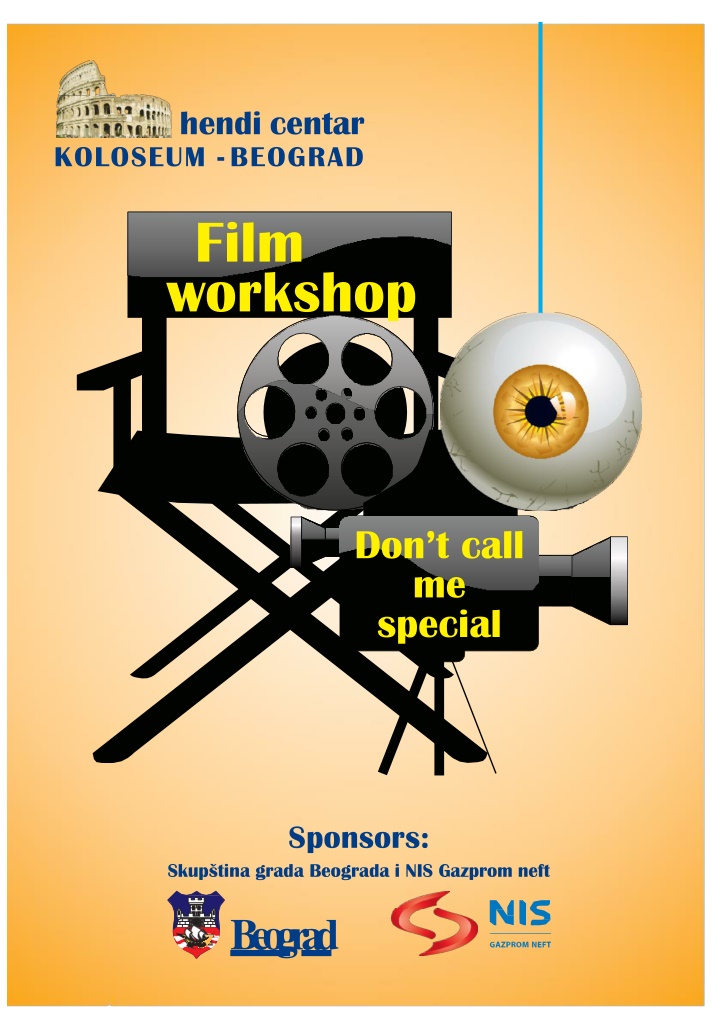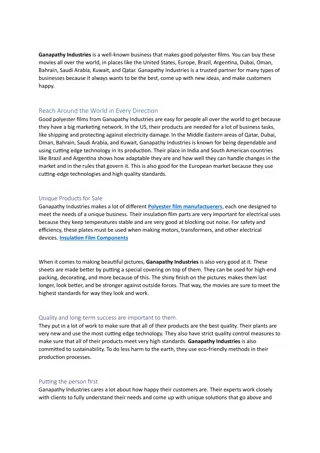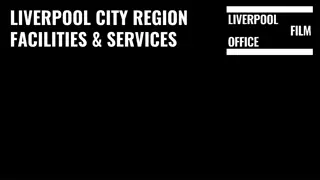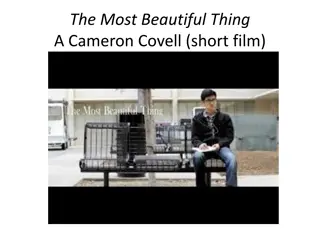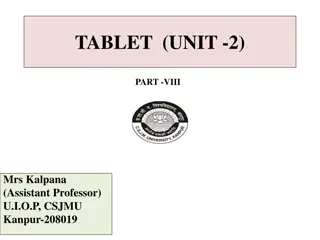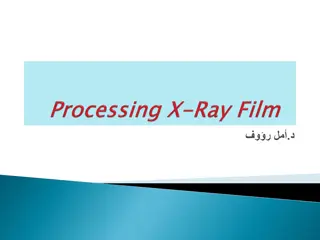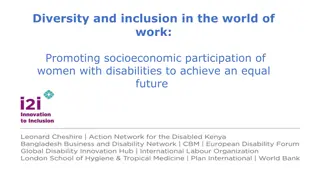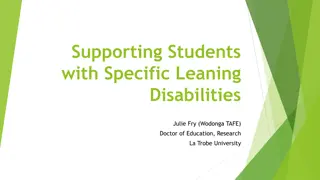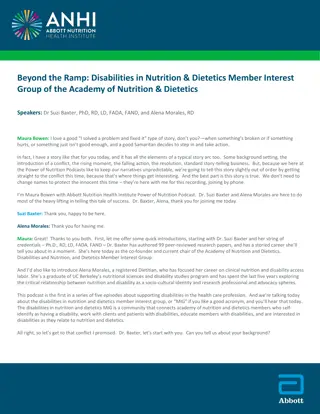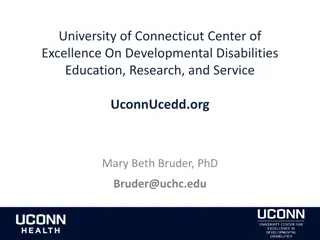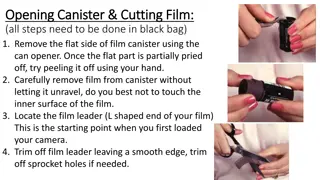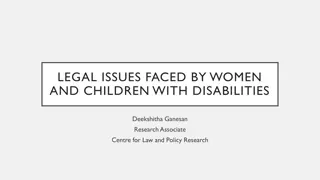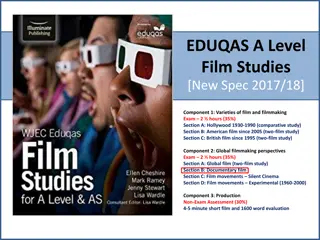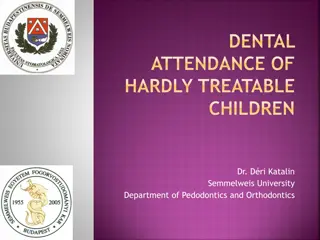Disabilities in Film: A Historical Perspective
This content delves into the portrayal of disabilities in films over the years, shedding light on the evolving narratives and stereotypes. It examines the impact of distorted representations on public perception and highlights key movies that have shaped the discourse around disability in cinema.
Download Presentation

Please find below an Image/Link to download the presentation.
The content on the website is provided AS IS for your information and personal use only. It may not be sold, licensed, or shared on other websites without obtaining consent from the author.If you encounter any issues during the download, it is possible that the publisher has removed the file from their server.
You are allowed to download the files provided on this website for personal or commercial use, subject to the condition that they are used lawfully. All files are the property of their respective owners.
The content on the website is provided AS IS for your information and personal use only. It may not be sold, licensed, or shared on other websites without obtaining consent from the author.
E N D
Presentation Transcript
hendi centar KOLOSEUM -BEOGRAD Film workshop Don t call me special Sponsors: Skup tina grada Beograda i NIS Gazprom neft Beograd
2 Film Art Media Means of communication and education with wider population of typical viewers Film context of persons with disabilities hendi centar KOLOSEUM -BEOGRAD
3 This powerful medium of these distorted images infiltrated the public and added stigma to the already misunderstood disturbances (Kondo, 2008, p. 250) hendi centar KOLOSEUM -BEOGRAD
4 History For the first time in the history, disability is mentioned in the 50 seconds video in 1898. After 1912. - Disability is mentioned as something that can be cured through medicin 1930s- recorded the most horror movies (Dr. Jekyll and Mr. Hyde I Frankenstein) After the Second World War the topics that prevailed were related to war veterans hendi centar KOLOSEUM -BEOGRAD
5 Hollywood for the first time realistically shows people with disabilities in 1946 in The Best Years of Our Lives Seventies were marked by two movies: The Other Side of the Mountain (1975) and Apocalipse Now (1979) Eighties and nineties years were marked by movies which showed persons with disabilities like criminals or like persons who had the intention to incite people in the public to regret them. Today films are not shown in one dimension, but in movies there are different characters so we can find positive and negative examples of showing persons with disability hendi centar KOLOSEUM -BEOGRAD
6 Physical disability Visual imparement Autism Intelectual Hearing damage difficulties Difficulties The boy who couldfly Whenthe Whales Came Questfor Camelot Charly Intouchables Tim My leftfoot Sneakers Houseof cards The Miracle Worker Avatar Beingthere Themiracle worker Forrest Gump Bornon Mr. Holland's 4th July Opus Mercury rising FILMS Scent of awoman Heartofthe dragon Whose lifeis itanyway Immortal Beloved Littlevoice Waituntil dark Ofmiceand men Thewizard Children ofaLesser God Rainman What's eating Gilbert grape hendi centar KOLOSEUM -BEOGRAD
7 hendi centar KOLOSEUM -BEOGRAD
8 Feature movie with persons with disabilities as a part of research Filmindustry shows people with disability in erroneous and distorted way and discriminate them. That leads to stereotypes and in the film industry there are 7 types of stereotypes which are the most frequent. (Nelson, 1994. to Black and Pretese , 2007). -The first stereotype shows persons with disability as infantile and incapable, or as persons who depend on the help of others -The second stereotype shows persons with disability like brave persons who can cope with their difficulties -The third stereotype is marked by words like evil, sinister and punishment, and it means that persons with disability are less valuable than typical people. -The forth stereotype interprets the life of people with disabilities as a life not worth living and suggests that suicide is a way of solving his or her problems -The fifth stereotype shows that disability is primarily a problem of emotional coping and self-acceptance, and with the right attitude, anyone can cope with disability. -The sixth stereotype draws attention to people with disabilities to those who care about them and displays them as a good and merciful people because their power and time devote and consume on a person with disabilities. -The seventh stereotype shows a disabled person as a person who can not live a successful life, to develop a personal role, to have the profession and free time, just because of disability. hendi centar KOLOSEUM -BEOGRAD
9 Actors with disability -directing the movie industry to show the diversity and includes actors with disabilities in the stories that appear on the big and small screens -there is a fear of advertisers and networks that person with disability will require more finances and time -associations of persons with disabilities - They believe that people with disabilities can act out that role even better and that is not about ideology, but they should be given the opportunity to demonstrate their everyday reality At the end we will remember two people with disabilities who won an Oscar for acting. Harold Russell - he won the Oscar for Best Supporting Actor war veteran who lost both arms in the film William Wheeler 'The Best Years of Our Lives'' from 1947. Harold Russell will go down in history as the Oscar- winning actor who has only won two Oscars for the same role. Actually, Academy thought that Russell has no chance to win an Oscar and it quickly established an award for special contribution to the war veterans which was given to Russell. In addition, Harold is just one of the two amateur actors who won Oscars. The other one is Cambodian Haing S. Ngor for The killing fields from 1985. MarleeMatlin hendi centar KOLOSEUM -BEOGRAD
10 Another Oscar winner with disabilities is an icon of the deaf Marlee Matlin, who won an Oscar for best supporting actress in the film '' Children of a lesser God '' in 1986. In the film she interprets deaf girl, and her (not just) teacher interprets William Hurt. Mrlee Matlin, unlike Harold Russell, continued with a very successful acting career, especially television. Seinfield , Law and order , My name is Erl these are just some of the films where we can see this Oscar winner. hendi centar KOLOSEUM -BEOGRAD
11 Review instead of a conclusion Feature film is a great learning tool and should be introduced as an educational material in every scientific and educational institution Analysis of film roles should help in understanding the way of life of people with disabilities and should change the discriminatory attitudes towards them. Directors should assume the role of educators and help in changing attitudes and emotional component in the population of typical viewers. We should always strive to both sides of the coin to be recognized and not to stay and become a different color, because their life, strength and courage are worth just as bright glare. Izvori slika i teksta: www.google.com www.youtube.com hendi centar KOLOSEUM -BEOGRAD
hendi centar KOLOSEUM -BEOGRAD Pan i eva14 11000Beograd 011 26 37820 hc.koloseum@gmail.com
